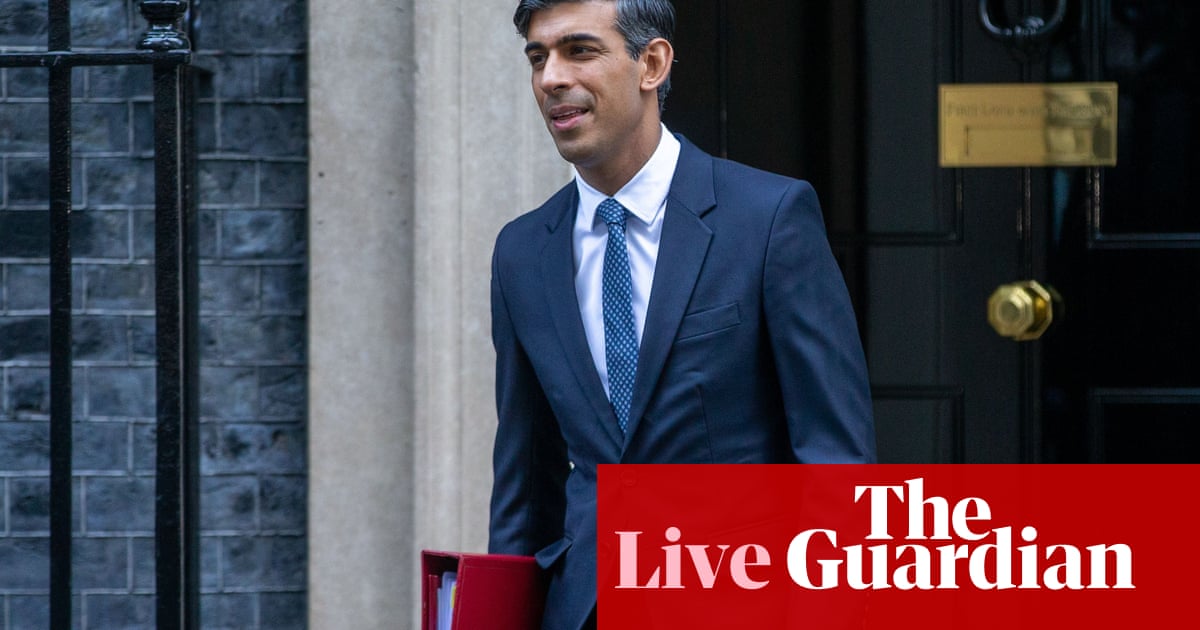
The waiting lists for diagnostic tests, including cancer scans, is at a record high in NHS England, with doctors warning of a “staggering shortfall” of clinical radiologists.
Figures published on Thursday reveal the diagnostic waiting list stands at 1,658,221 – twice what it was 10 years ago. Nearly 500,000 patients are waiting for CT scans and MRIs.
The figures show the scale of the task facing the new health secretary, Wes Streeting, who has ordered a review into the NHS. Labour pledged in its manifesto to double the number of scanners, but doctors warn there is an urgent need for more staff to operate them and read the resulting scans.
“The NHS is broken,” a spokesperson for the Department of Health and Social Care said in response to the figures. “Waiting lists are too high and patients have not been able to access the care they desperately need.
“The longer patients wait for tests and scans, the worse their outcomes will be. We’ve got to get patients diagnosed much earlier.”
The total number of patients waiting six weeks or more from referral for one of 15 key diagnostic tests was 365,800 at the end of May 2024. About 22% of patients are waiting six weeks or longer for tests, compared with the NHS target of less than 1%.
Katharine Halliday, president of the Royal College of Radiologists, said: “The UK is facing a critical workforce shortage in diagnostics and cancer care, with a staggering 30% shortfall among clinical radiologists and a 15% shortfall of clinical oncologists.
“Retention problems and low staff morale exacerbate these shortages, which in turn lead to longer waits for diagnoses, increased anxiety for patients and delayed cancer treatments. Every month’s delay in starting treatment can raise the risk of death by 10%.”
Halliday welcomed Labour’s pledge to double the number of medical school places and said doctors were keen to collaborate with the government to improve access to diagnostics.
Streeting said last week he had been “genuinely stunned” by the NHS failings he had learned about since taking up his post. He has ordered an independent investigation into NHS performance led by the world-renowned surgeon Prof Ara Darzi, which will provide the basis of 10-year plan to transform the service.
The waiting list for hospital treatments is now at 7.6m.
Rachel Power, chief executive of the Patients Association, said the waits for diagnostic services were “alarming and unacceptable”. A survey published by the association last week found that fewer than half of patients (45%) considered they had been kept informed about what was happening with their care.
Power said: “Patients deserve far better. We need to fix the problems that patients are experiencing, rather than the problems the system is experiencing.”
Julian Hartley, chief executive of NHS Providers, said that the government needed to deliver on its pledge to double the number of CT and MRI scanners “as soon as possible” in order to make a “real dent in the care backlog”.
He said: “Trust leaders and their teams are pulling out all the stops to ensure patients get their checks, scans and operations as quickly as possible. Their efforts are being hampered by longstanding workforce gaps and years of underinvestment.”
An analysis by the King’s Fund thinktank has found the UK has less diagnostic equipment than comparable countries. It was ranked 25th out of 28 Organisation for Economic Co-operation and Development nations in 2020 for the number of CT, MRI and PET scanners for every million in the population.
NHS England says the number of diagnostic tests delivered is increasing and the latest figures for the end of last May show a fall in the number of people waiting six weeks or longer compared with May 2023.
An NHS spokesperson said: “The latest figures show that NHS staff are delivering more tests and checks than ever before and that waits of over six weeks are down by more than 10% on last year. But it is clear there is much more to do to ensure all patients can access the tests they need as soon as possible.”












